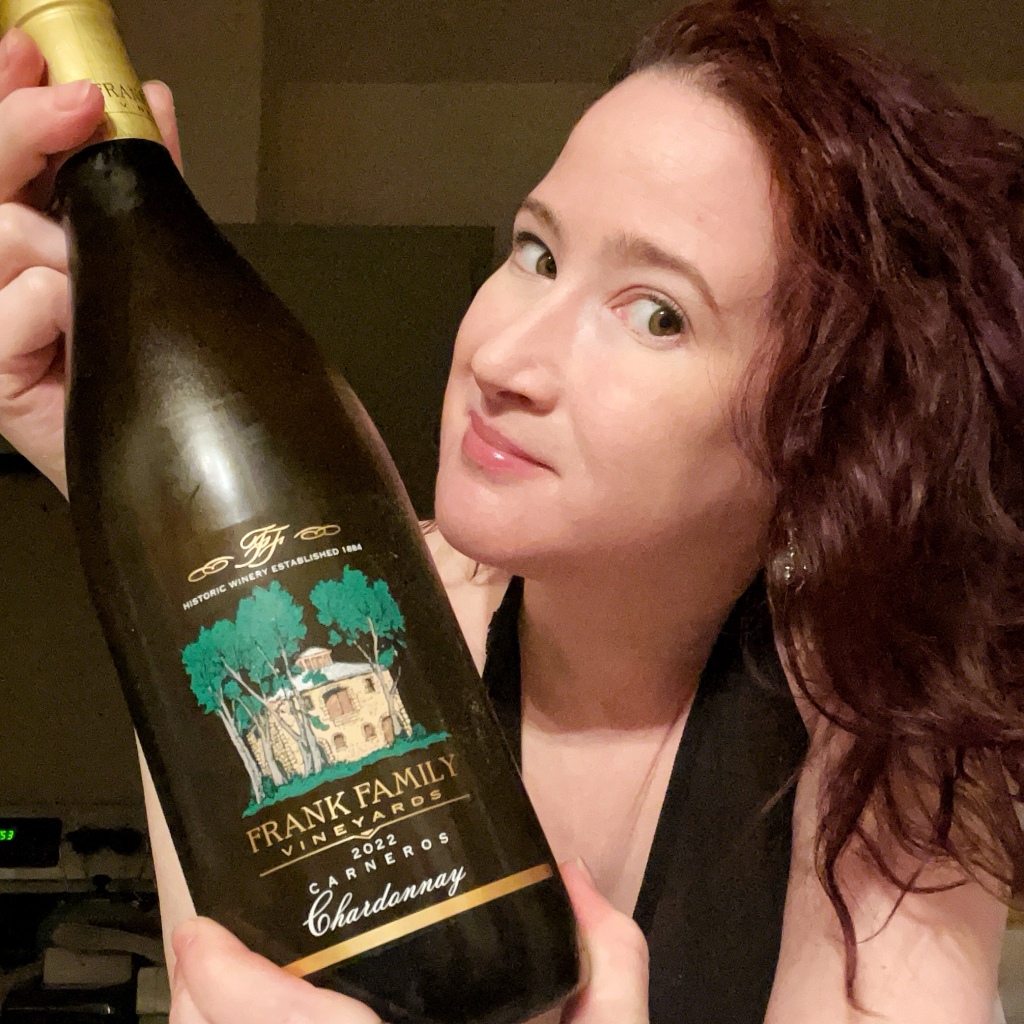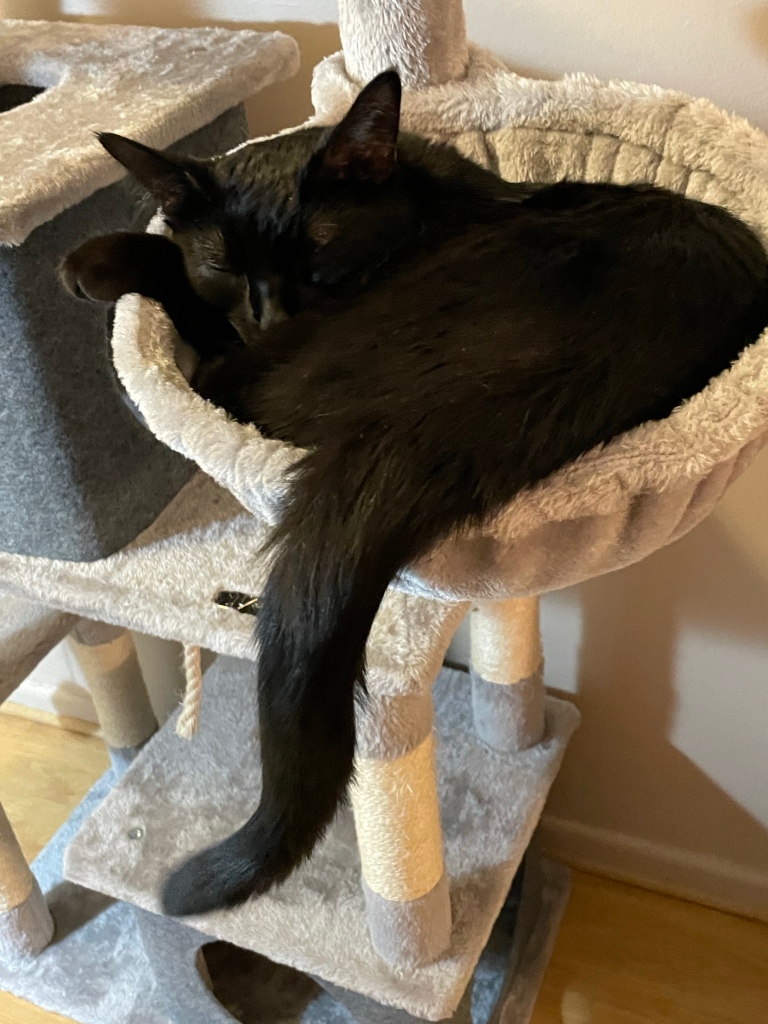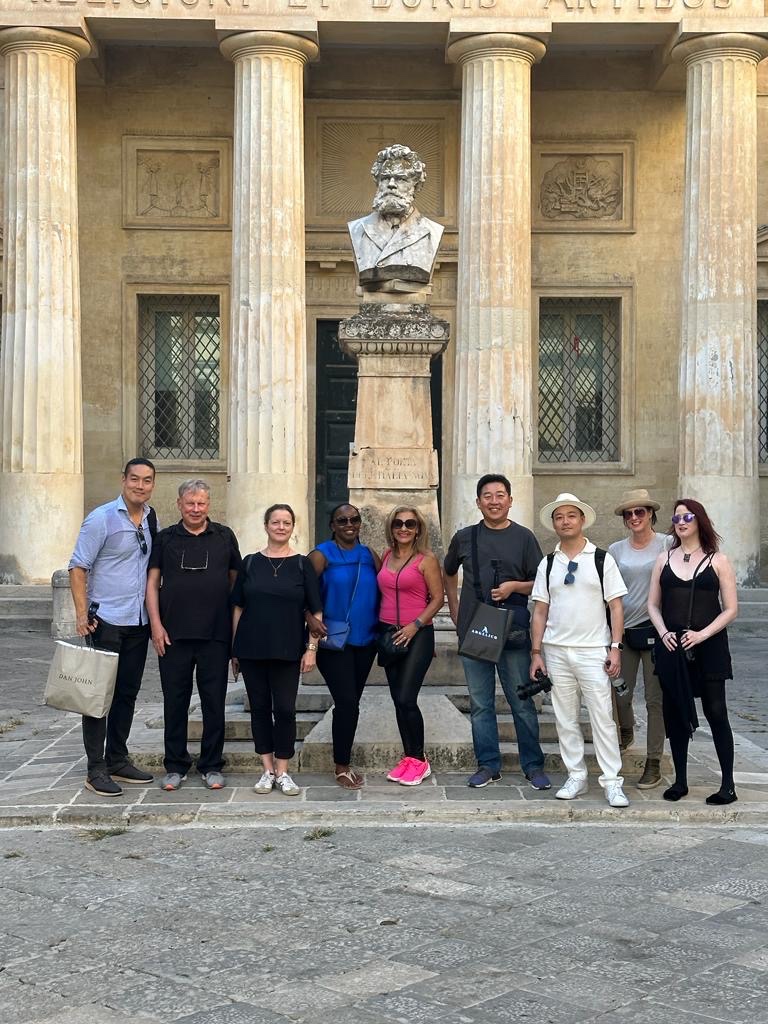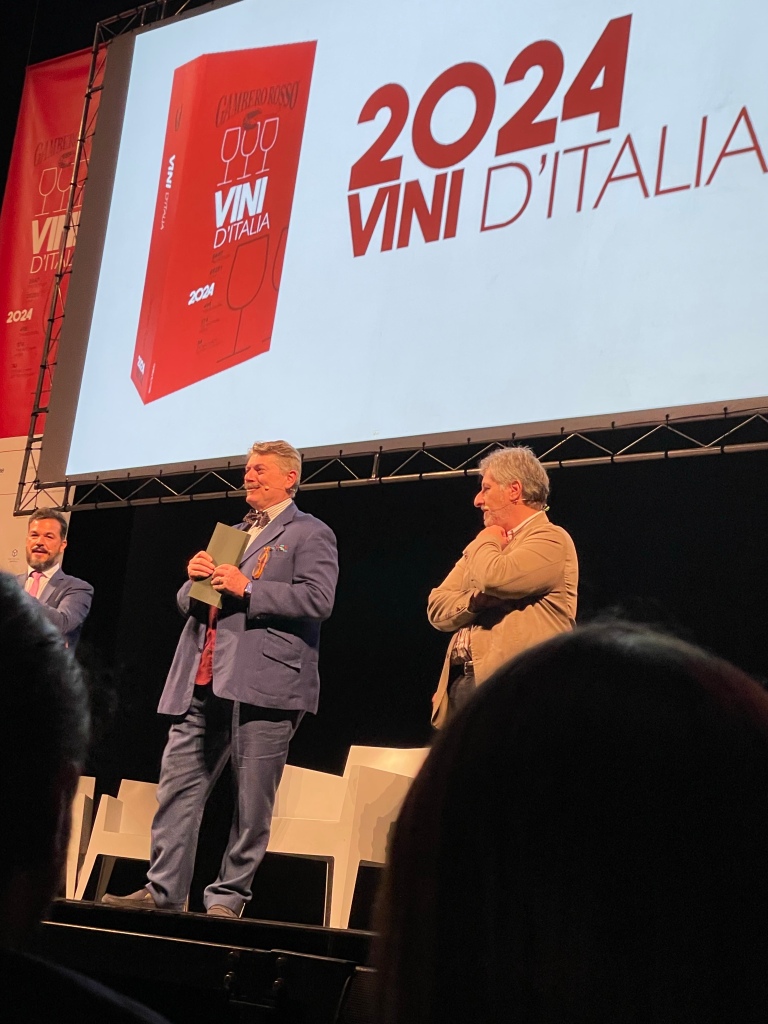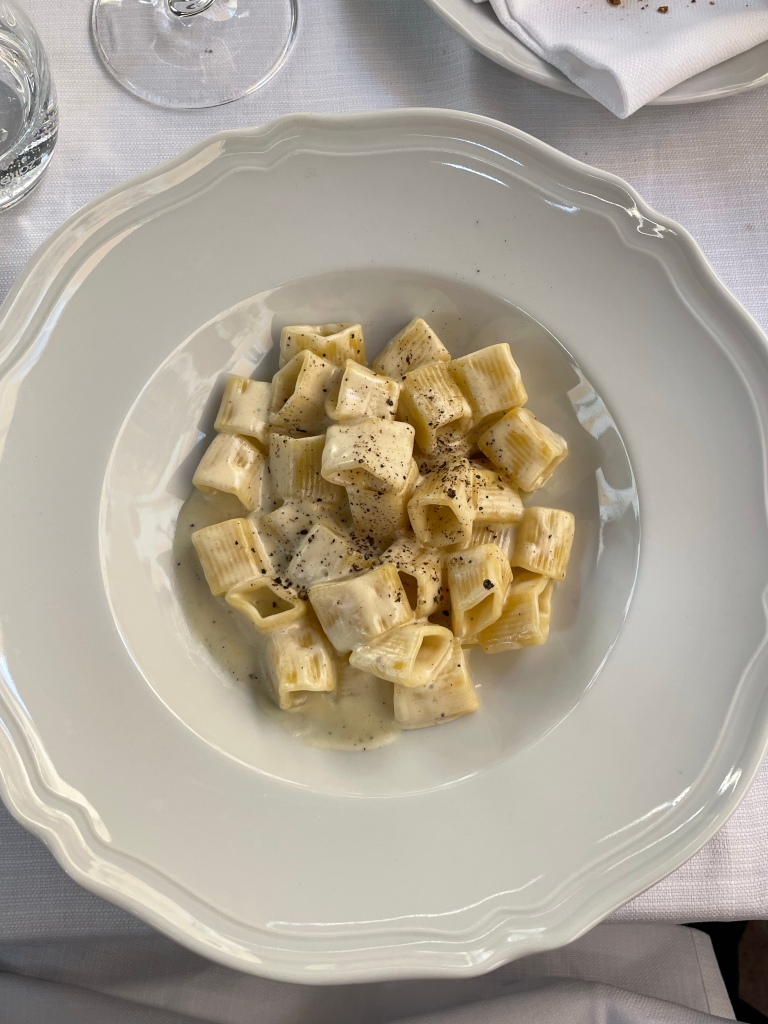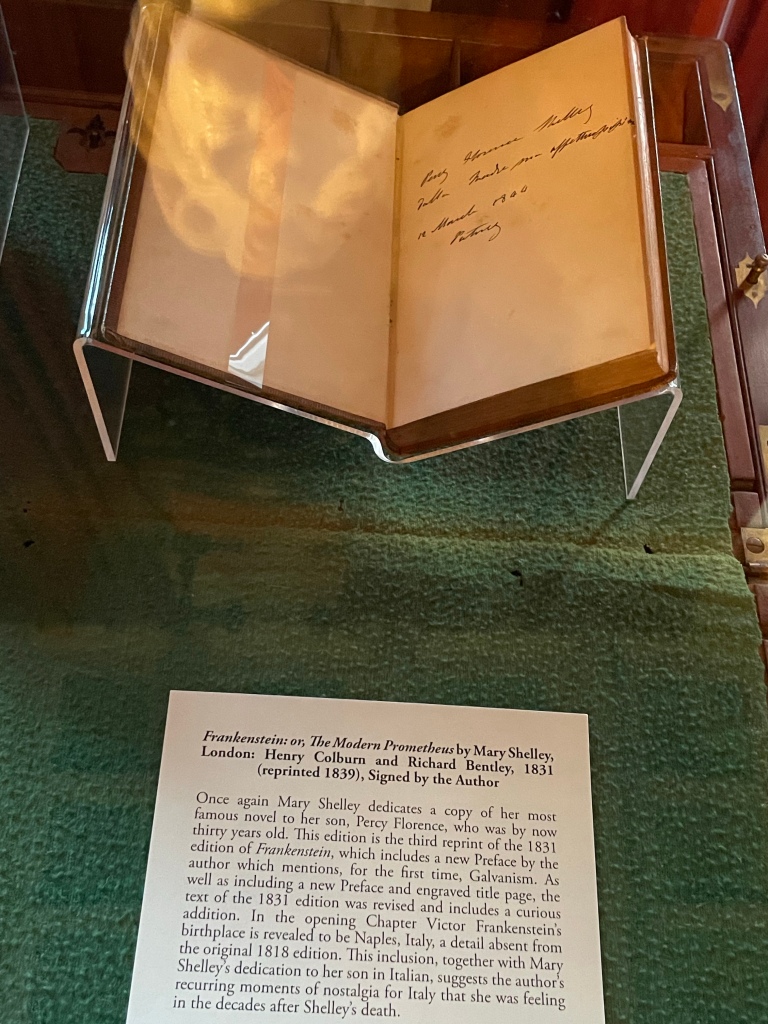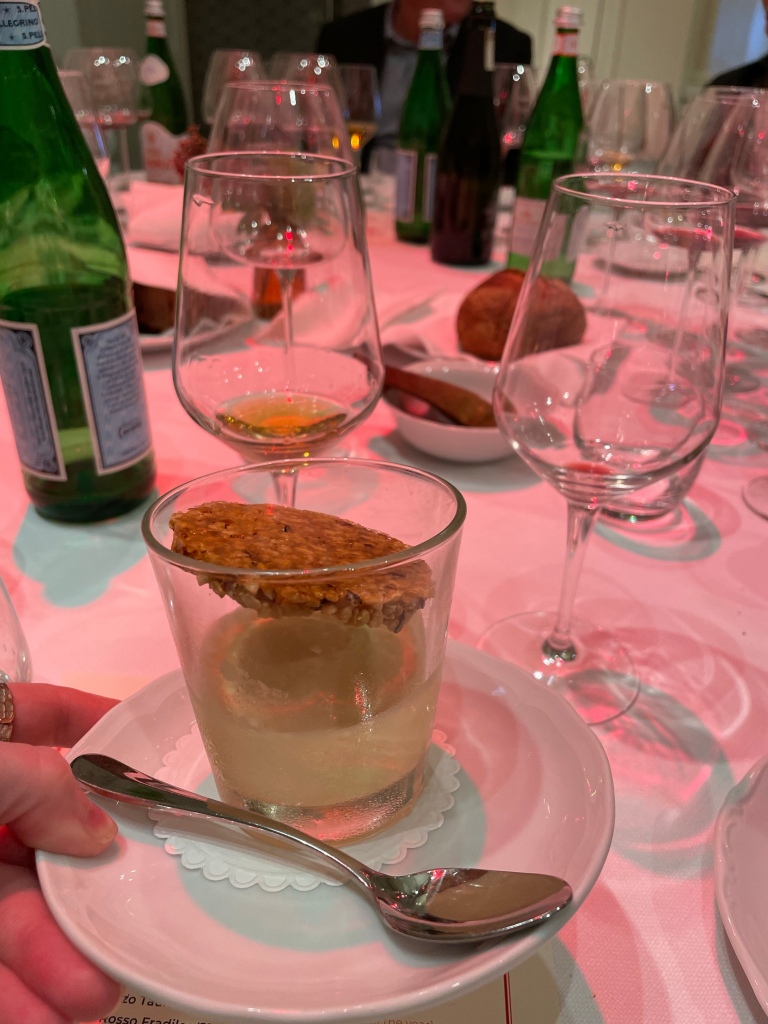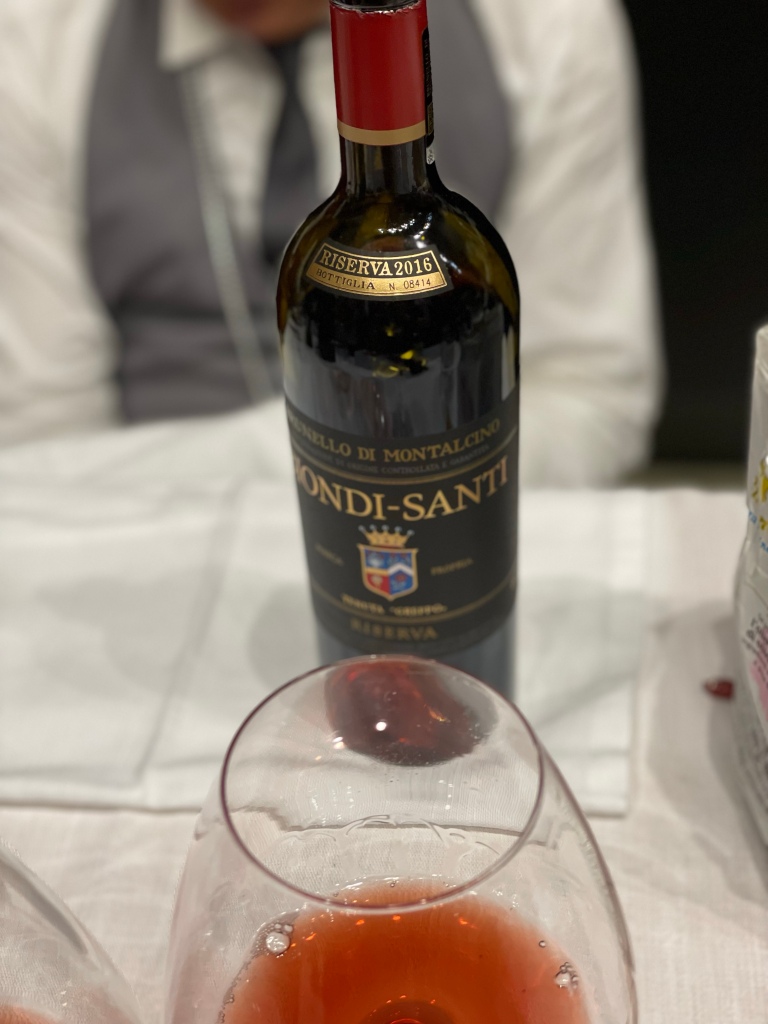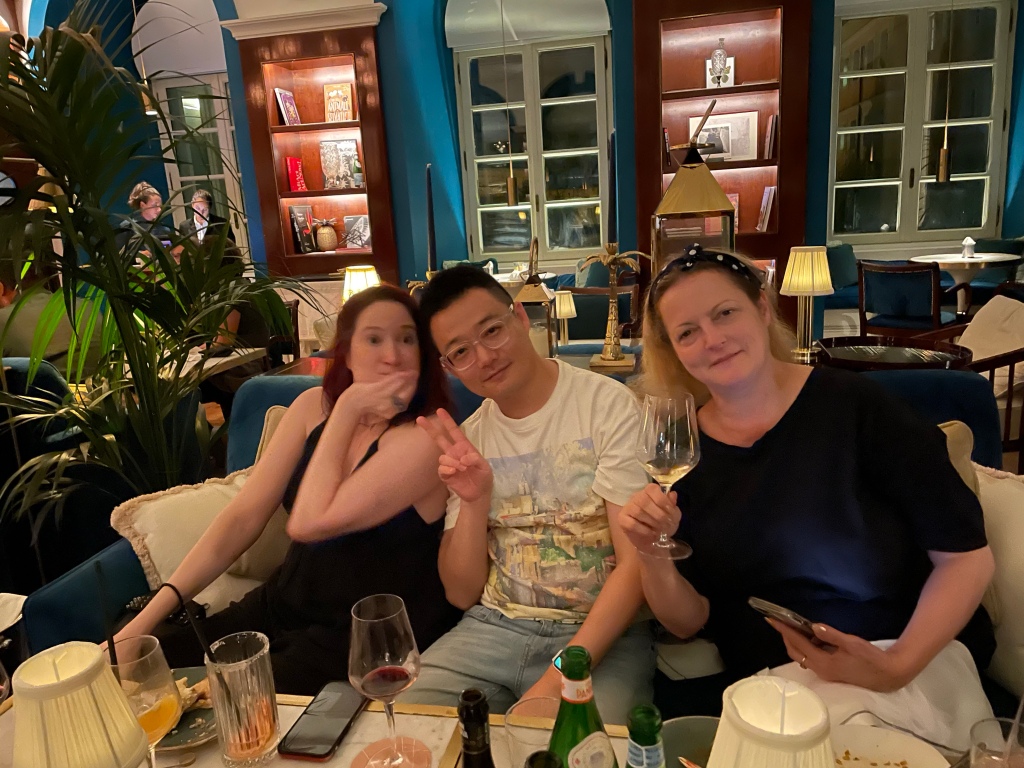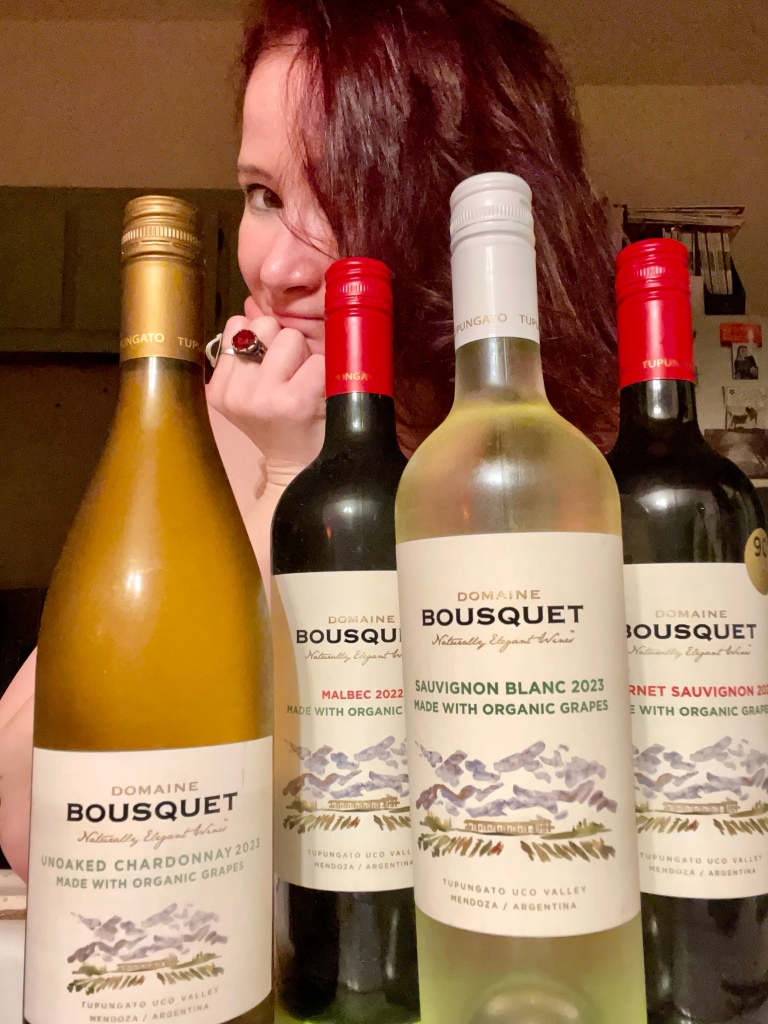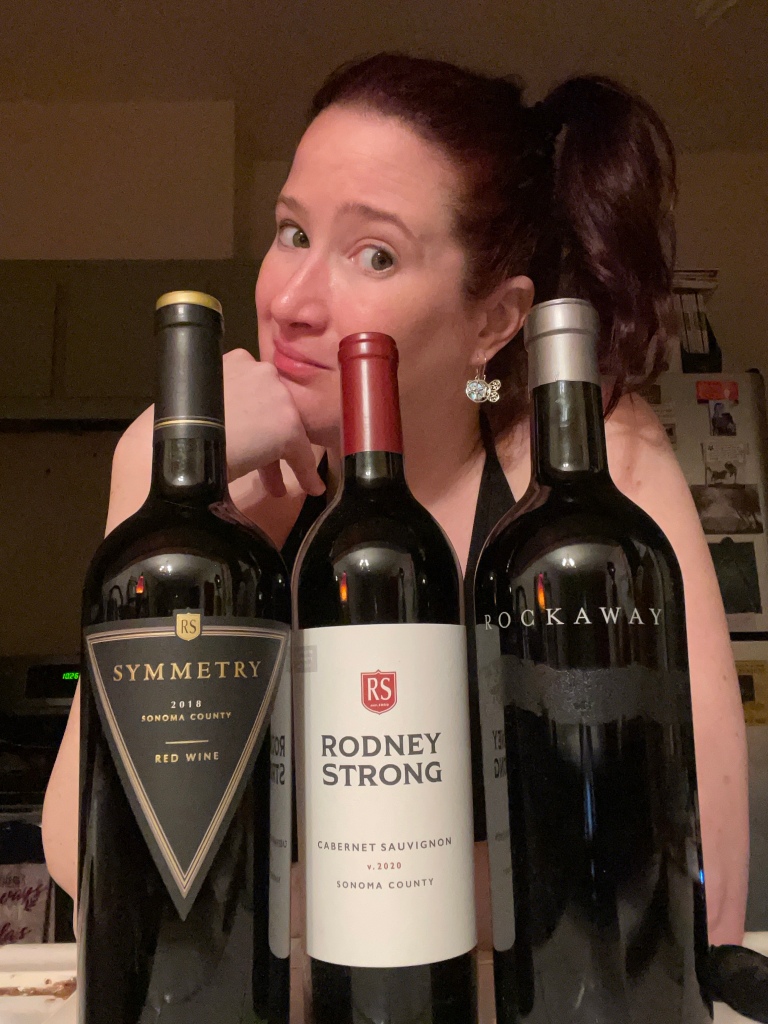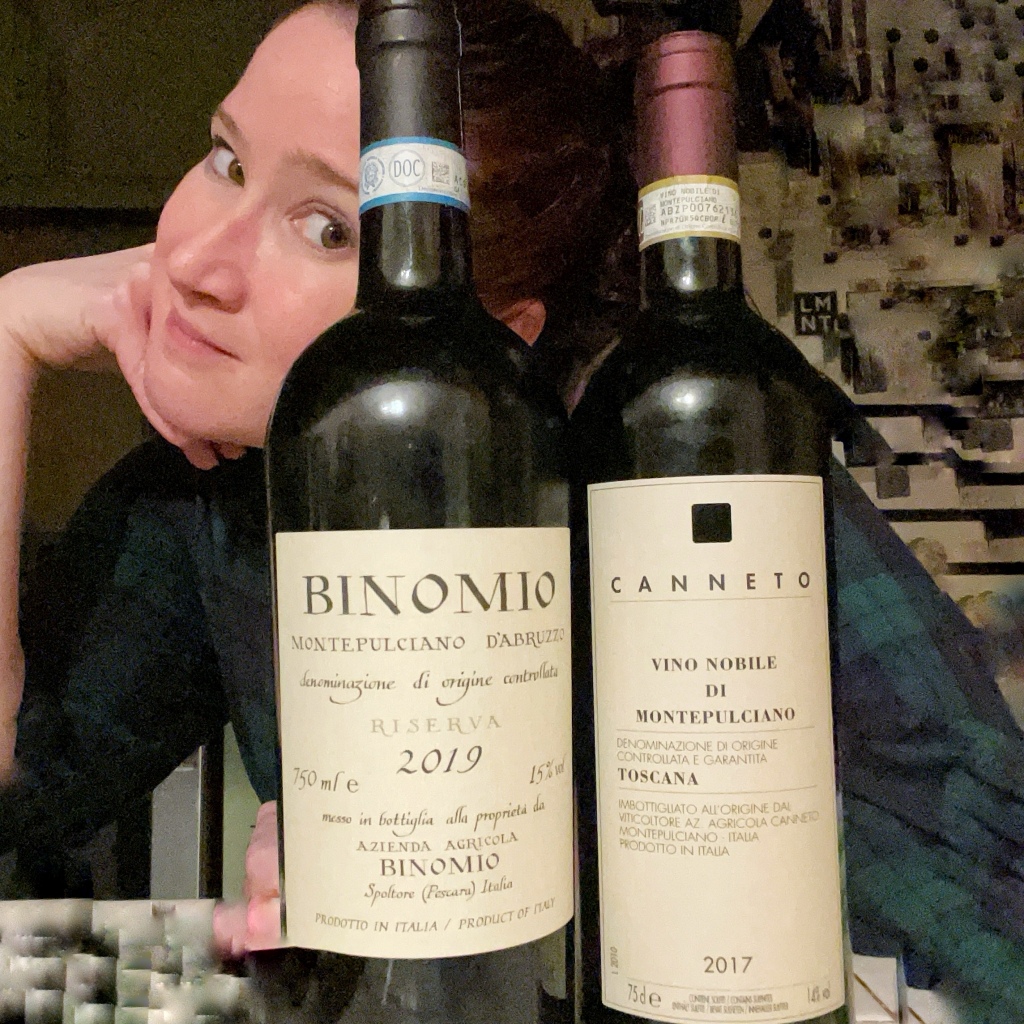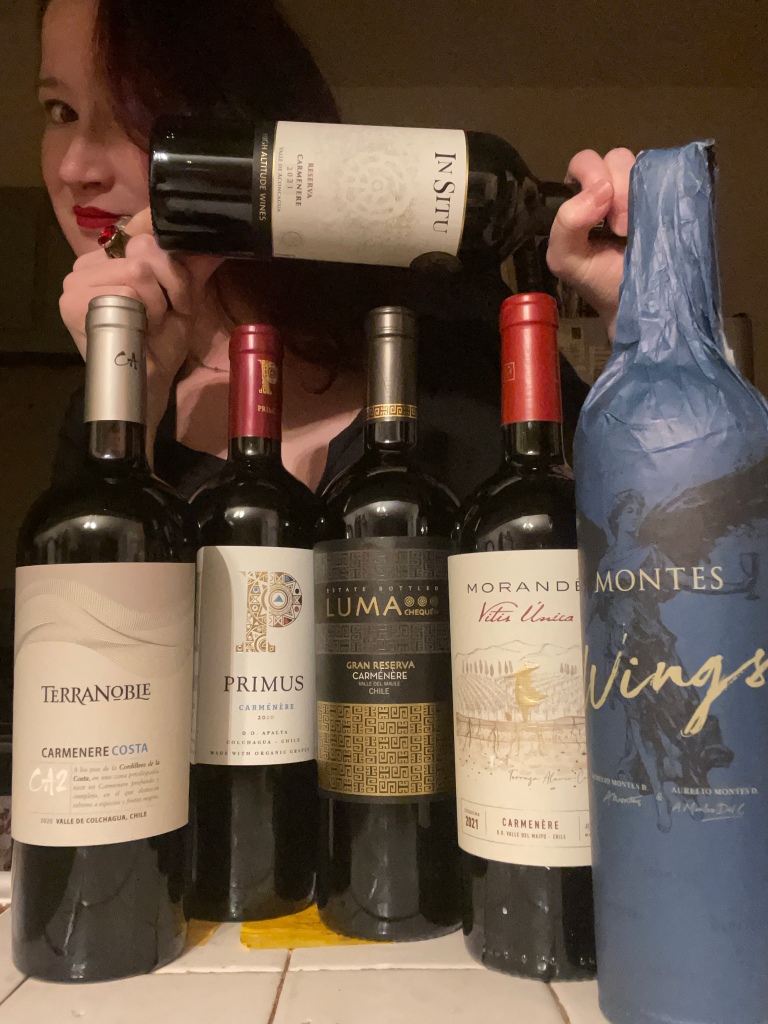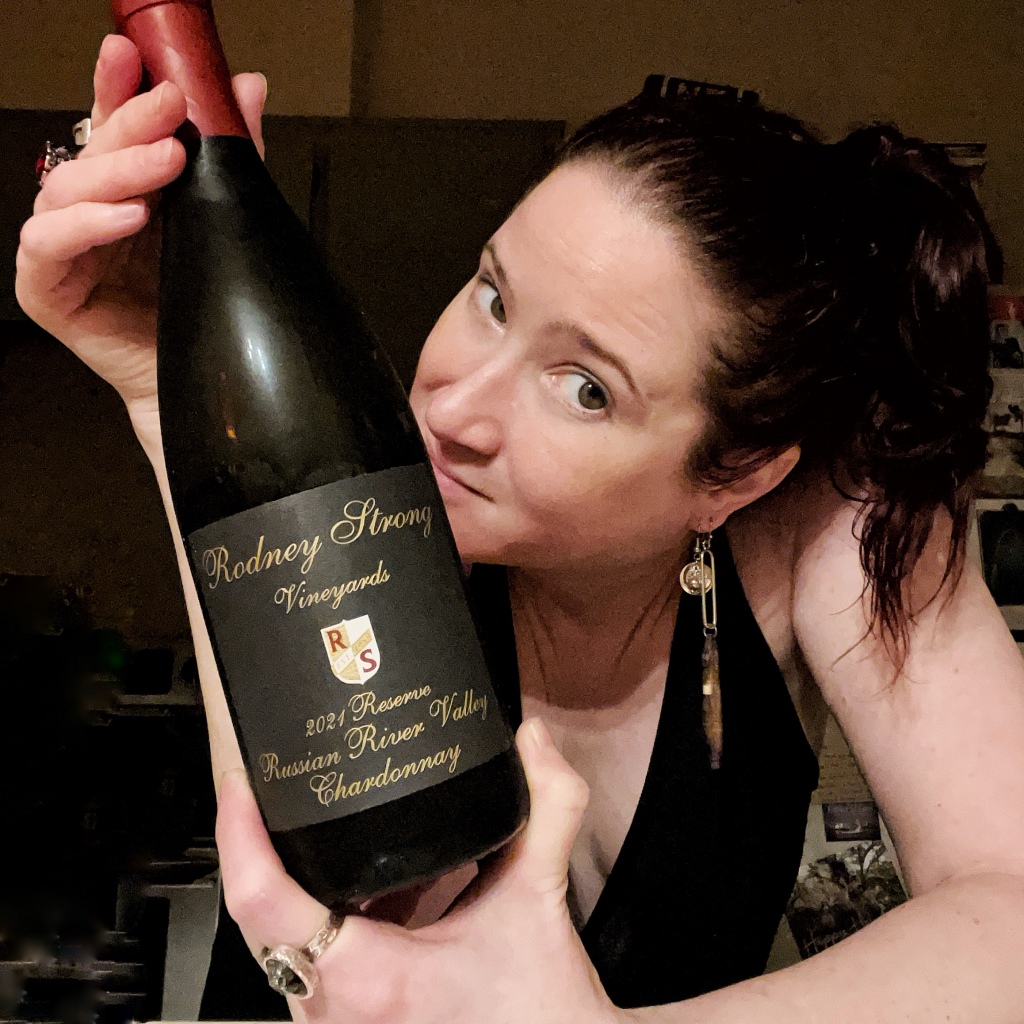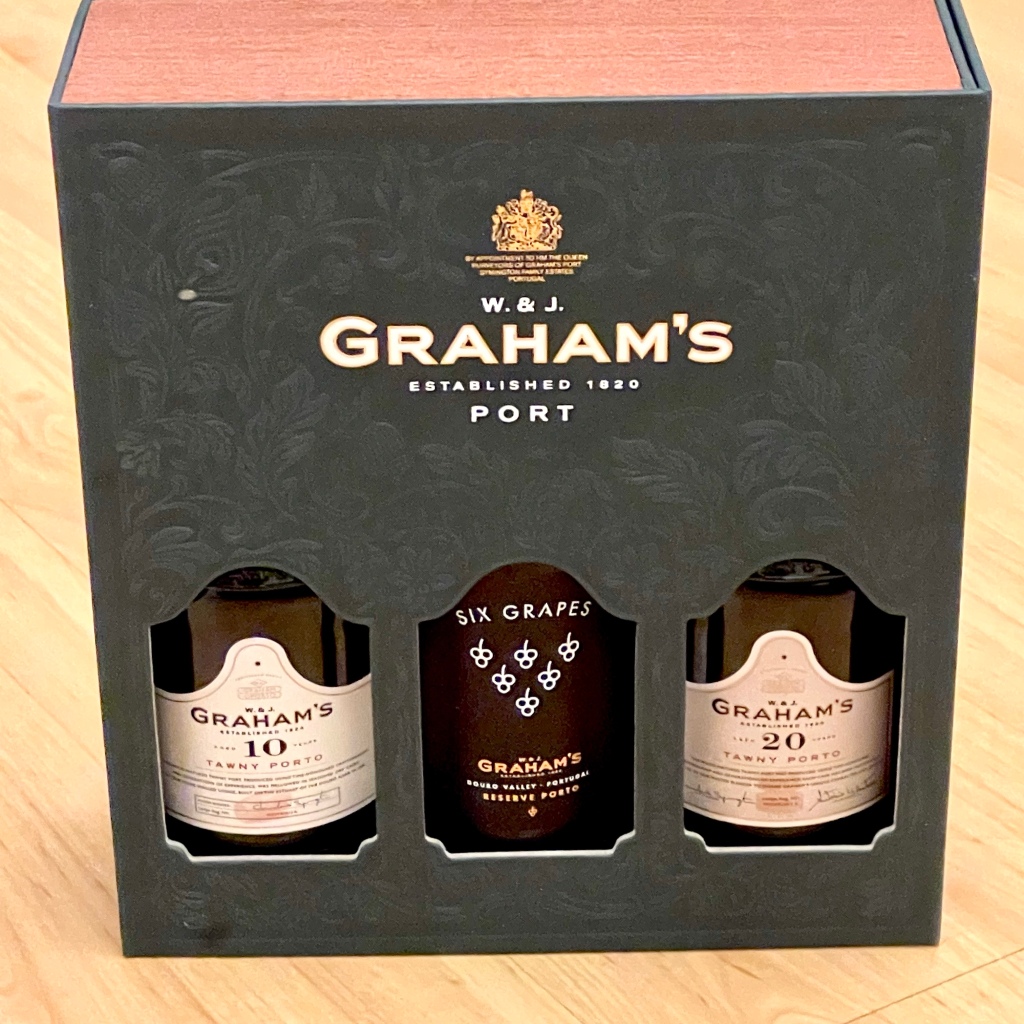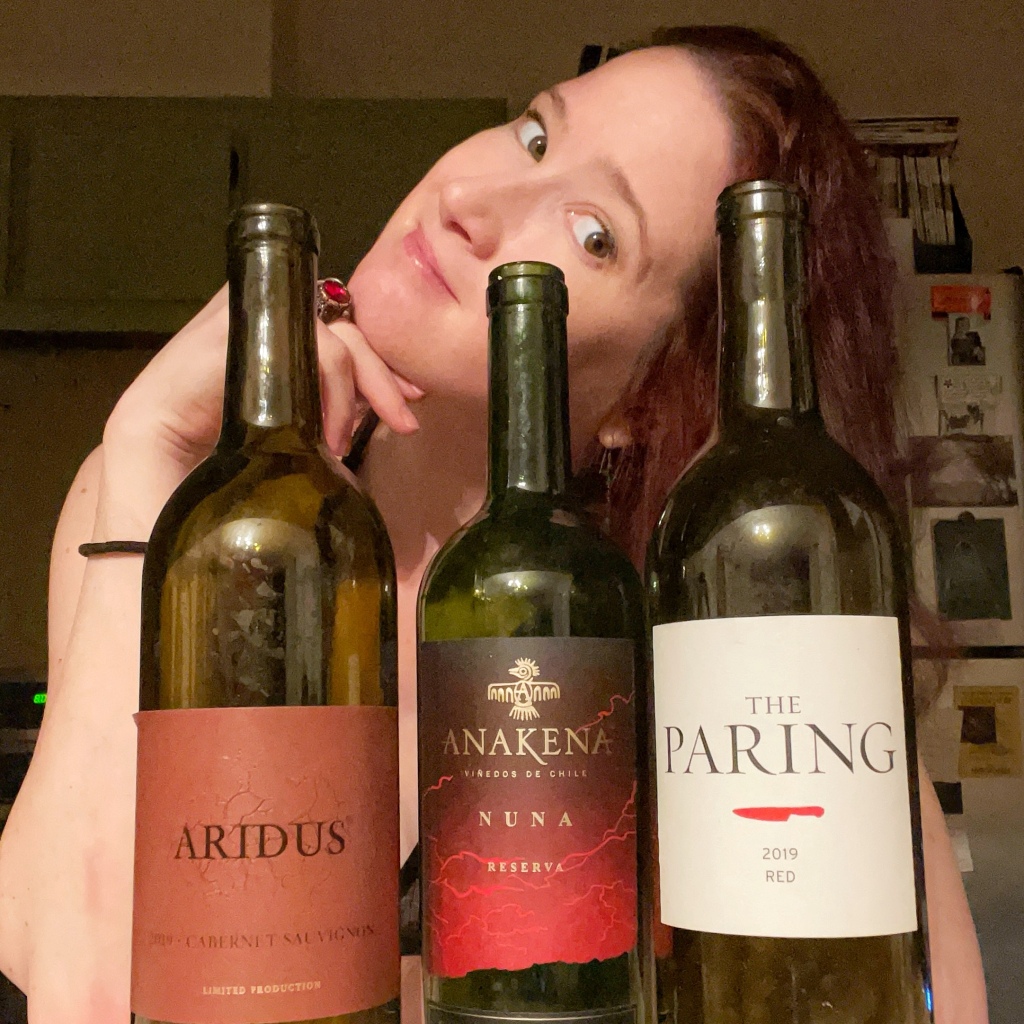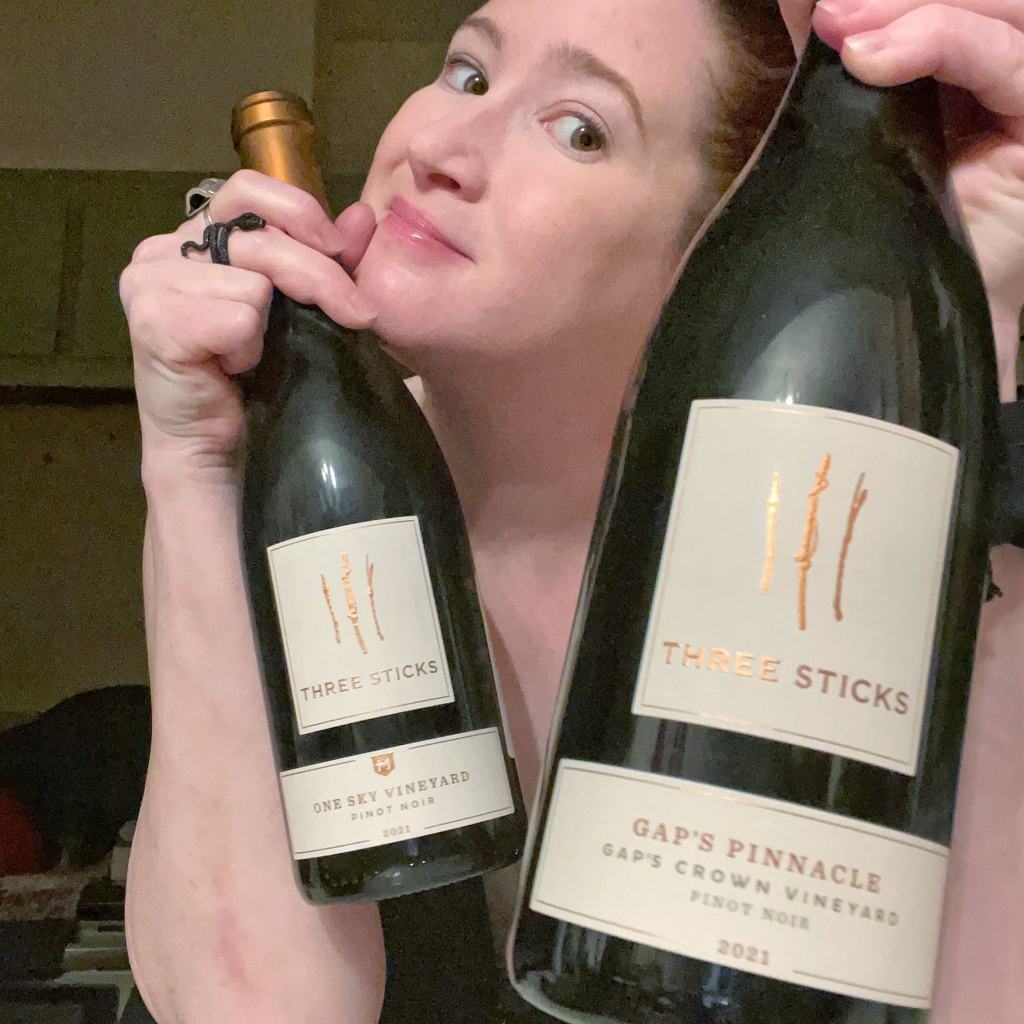
The name Three Sticks came out of the founder Billy Price being a third–in Roman numerals III, which resembles, yes, three sticks, which led to Billy Three Sticks being his nickname and Three Sticks his winery’s name. The wines come from estate vineyards in Sonoma, and each is as unique as can be. I can attest to this after a side-by-side tasting at a dinner and a later tasting of what I didn’t have at the side-by-side.
Because I am a monster who insists I taste EVERYTHING.
Unless it has meat in it. Fortunately wine is typically, for the most part, free of animal carnage, merely fueled by the passionate souls of grapevines. Yes, grapevines have souls, often more older and wiser than us.
I was lucky enough to be invited by Michelle Keene of Calhoun & Co. Communications to a media dinner, where I was even MORE lucky to be seated next to winemaker Ryan Prichard–I love assigned seating for eliminating the awkward who-sits-where of it all. Still, I love it even more when I get to sit next to the winemaker and badger even more details out of them via proximity. And badger, I mean banter politely. Nothing better than spending most of an entire dinner picking a winemaker’s brain, all the while trying not to totally hog them/allow them a second to chew their food.
To me, winemakers are artists, and learning what makes them tick is like a bonus track–it tells you something the A-side won’t. One such insight was talking to Pritchard about his engineering background – he spoke of it requiring the need to assess an assortment of information of different types and manage how they interact and affect each other (not an exact quote, but my interpretation of it). That sounded exactly like the skills a winemaker needs, so his transition to winemaking makes sense. To me. He also clearly has a passion for the land, a sentiment echoed when I inquired about his hobbies, which nearly all involved the outdoors. He strikes me as someone with the earth and air in his veins.
So let’s talk the wine! The night of the dinner, night we tasted a gorgeous and varied assortment, starting with the 2023 Three Sticks Casteñada Sonoma Coast Rosé which blended a little bit of Rhône-y everything: Syrah, Grenache, Marsanne, Roussanne, Viognier, Pinot Noir (okay that one isn’t Rhône-y) and I’m probably am missing something. It is a fuller rosé, but still fresh as a…daisy? Can daisies be fresh? I say so.
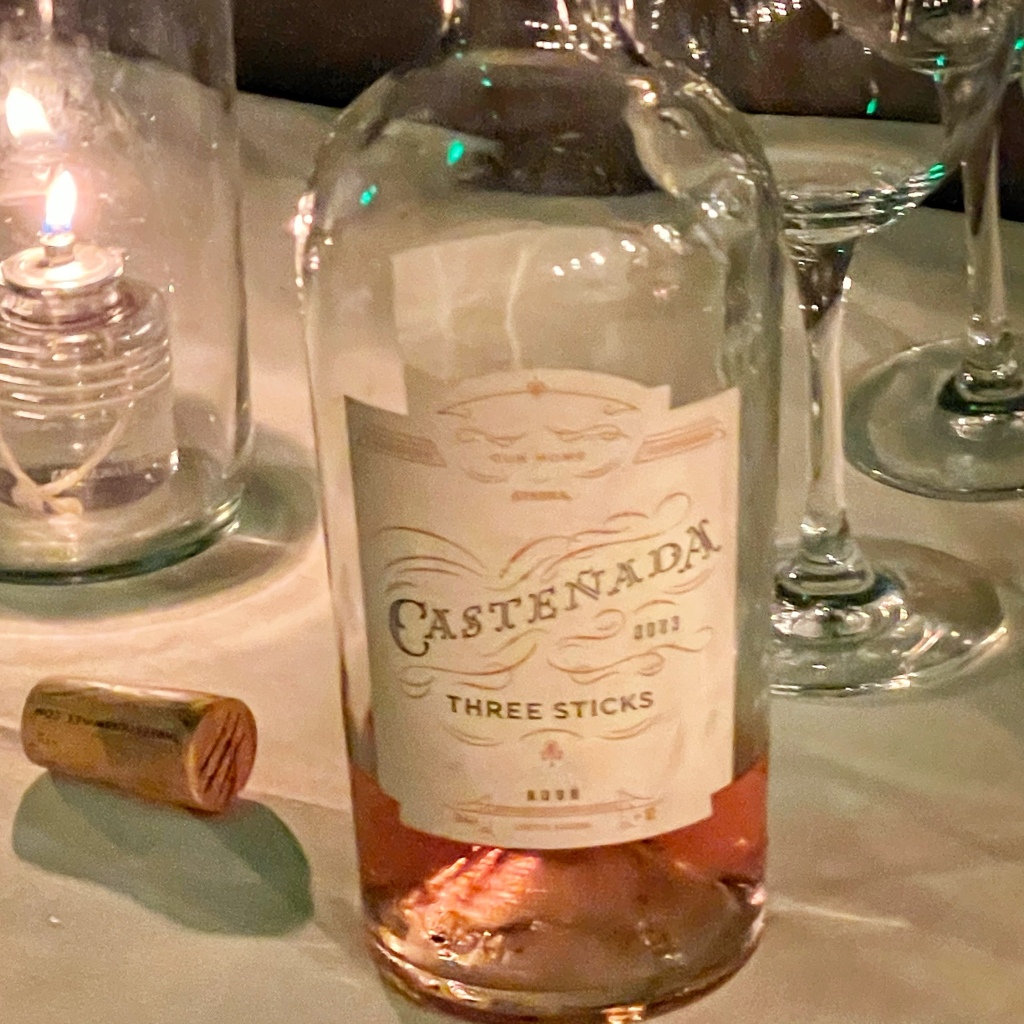
Next up came two contrasting Chardonnays–the Gap’s Crown Chard is more Chablissiene–more mineral, whereas the Durell is a little riper, perhaps more tropical. Could I pick a favorite? Um, probably not. The more I work in wine the more I am convinced that the term “favorite” is as much bullshit as the one “best friend”.
Then there were three Pinot Noirs, each more different thatn the next and I know I said I don’t pick favorites but I also REALLY loved the Gaps Crown, which makes sense as the first of the wines I’ll review below was from a subsection of the vineyard–it was darker fruit, more cola…and so…
LUCKY ME! I had the opportunity to taste through two more Pinots recently. ADORE. Here are my pithy-ish thoughts. You’re so welcome.
2021 Gap’s Pinnacle Pinot Noir, Gap’s Crown Vineyard is simply gorgeous. Selected from the jewels of the vineyard, making its name, exhibiting what a sector of the vineyard can tell. It’s like all the red and black cherry iterations on the nose–juice, ripe, and even a touch dried, it’s cherry-rific. There’s a little herbal lift and spice hiding. The palate is downright alive; it has a tickle that feels alive, subdued politely by silky tannins. The flavors echo the palate with a little more earth. Simply gorgeous–it gains nuance with time to unfold, and I think a few more years will show even more.
2021 One Sky Pinot Noir is one of the estate’s Monopoles! Aka, it is a vineyard entirely owned by Three Sticks. The nose brings buoyant red cherry, a lick of cranberry, autumn leaves, greeens and subtle cedar-allspice-vanilla new oak vibes. But dang, this wine incorporates it well! The palate is likewise somehow savory and ripe-fruited at the same dang time. The tannins? I wouldn’t even think about them if I didn’t remember I was reviewing red wine–they are present but the most velvety. It gains a bit of purple fruit dimension on the palate- a wine that presents as all sun and shine, then adds alluring shades as time passes. It finishes with more black than red cherry, with the oak having a final chime-in. Such a well-adjusted relationship betwixt juice and barrel.
Ayyyyy okay if you can’t tell I’m a huge fan of Three Sticks and also I head their tasting room has epic bathroom decor? Isn’t there a quote about how you do one thing is how you do everything?
So. Onwards!
